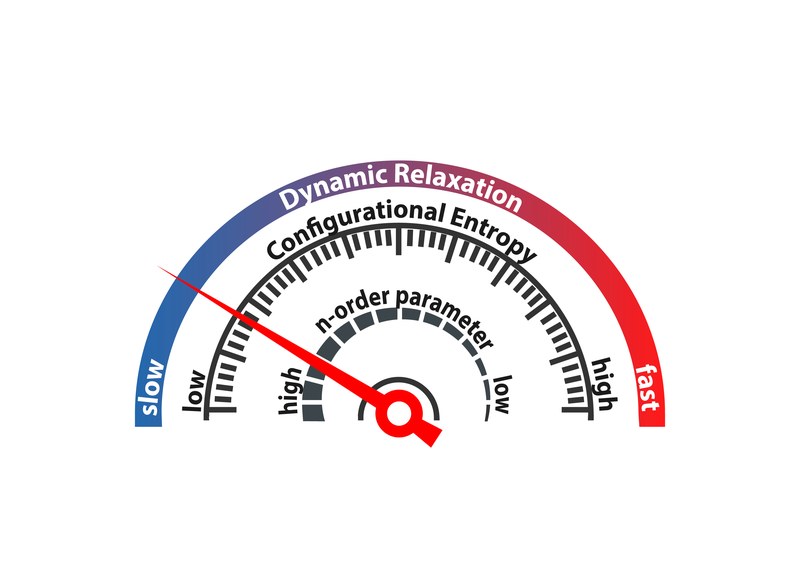Rafael Levit Valenzuela defends his thesis on ferroelectric materials
Dec 17, 2019
Rafa Levit defended his thesis coadvised by Jose Eduardo García and Diego Alejandro Ochoa on the 10th of December in Campus Nord. Entitled "New approaches for studying the dielectric relaxation dynamics in ordinary and relaxor ferroelectrics", the thesis propose a new methodology to disentangle the dielectric relaxations in ferroeléctrics.
Ferroelectric materials are endowed with fascinating functional properties from the technological point of view. Consequently, they have promoted the design of a vast number of ferroelectric-based devices. However, some physical phenomena in these materials represent yet a challenge for solid-state physics. For instant, understanding the correlation between microstructure and functional properties as well as the relaxation dynamics from the high sintering temperatures to the working temperatures are two of this challenges. The likelihood of functional properties enhancement leads to countless studies on these subjects.
In this context, the thesis focuses on the study of the dielectric relaxation dynamics of both ordinary and relaxor ferroelectrics. The phenomenological Vogel-Fulcher-Tammann (VFT) equation has been used for decades to parameterize the dielectric relaxation dynamics of ferroelectrics, although there is no theoretical description that justifies the prevalence of this empirical relationship over other parameterizations. Notwithstanding the good fitting results of VFT equation to parameterize the dielectric relaxations, this work evidences that there is none statistical criterion showing a prevailing parameterization to fit the dielectric relaxations in ferroelectrics. The dynamics character of the low temperature dielectric relaxation in ordinary ferroelectrics is also evidenced, refuting previous hypotheses related to the origin of this dielectric anomaly.
Since different parameterizations provide different explanations for the physical phenomena governing the dielectric relaxations, choosing a parameterization implies a biased analysis. This fact justifies the use of a new unbiased, model-free methodology to study the dielectric relaxations in ferroelectrics. Therefore, a methodology based on the direct experimental data processing is validated. Hence, changes in the dynamical response and the freezing temperature can be identified directly from data processing. Besides, as a novelty of this work, a new parameter associated with the compositional order of the relaxor systems is introduced. In fact, the introduction of this parameter and its relationship with the configurational entropy on the studied systems is one of the most reliable results.
Finally, a more general parameterization is proposed based on the Adam-Gibbs model and the Grüneisen index. The main advantage of the new equation is the use of only two fitting parameters to study the dielectric relaxations dynamics, similar to the famous Arrhenius equation. As a result of the universality of the proposed methodology and the new parameterization, the work accomplished in this compendium may be relevant for studying the relaxation dynamics in other ferroic systems.

Share: